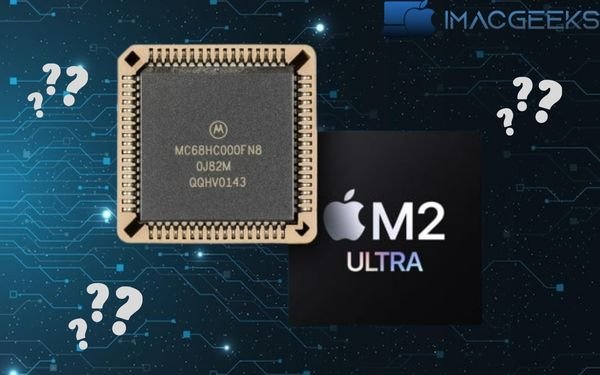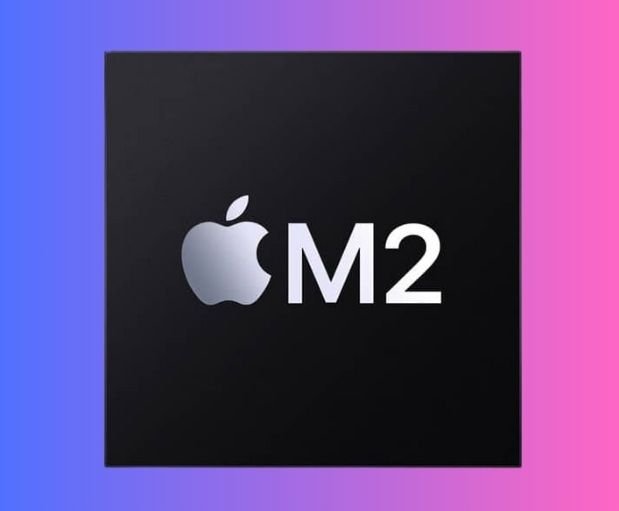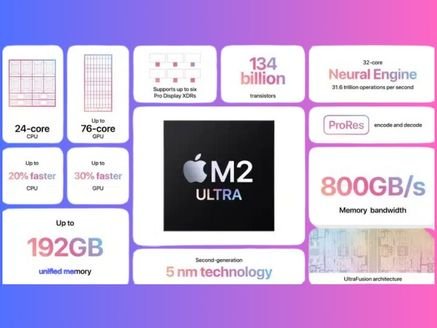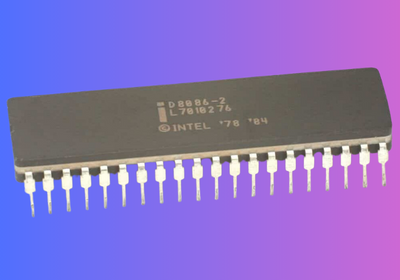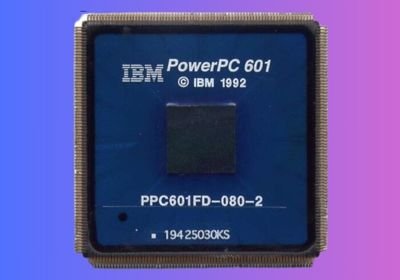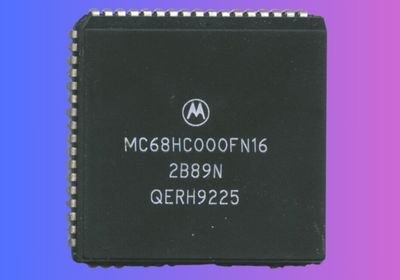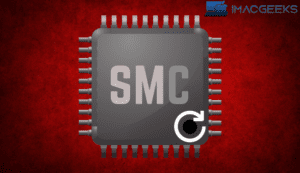Macs have long dominated Apple’s universe. Steve Jobs’ 1984 computers were modified and updated. Apple innovated with each software update. Brief history of Mac Processors, Reviewing MacBook CPUs by year demonstrates how Apple improved each thing, which should benefit all users. Do you want to know how Macs changed? I’ll provide some background on Mac CPUs.
2020-present: Apple Silicon
In a meeting on June 22, 2020, Apple CEO Tim Cook discussed a “two-year transition plan” from Intel to Apple Silicon. The goal was to create “Everything Apple” utilizing Apple’s own ARM64 chip-based design rather than Intel x86-64 CPUs.
In November 2020, Apple fulfilled their promise by releasing the first Mac with an Apple-designed chip engine known as “M1.” Later, in 2021, we witnessed significant alterations to the M1 family. The next major item from Apple is the “M2” CPU, which is a true powerhouse.
Here is a full list of Apple’s silicon chip architecture:
M2 (June 2022)
The newest step toward Apple Silicon began with the inclusion of the M2 processor in the MacBook. There is an 8-core CPU within, with four speed cores and four efficiency cores. Apple claims that the M2’s CPU outperforms the newest 10-core PC laptop chip.
The fastest work processor is the M2, which has an 8- or 10-core GPU, a 16-core neural engine, and a performance of 100GBps. The M2 CPU supports 8GB, 16GB, and 24GB RAM.
M2 Pro (January 2023)
The M2 Pro is equipped with a strong 10- or 12-core CPU that includes 6 or 8 speed cores and 2 economy cores. The M2 Pro, like the M1 Pro, includes a media engine that speeds H.264, HEVC, and ProRes encoding and decoding. Furthermore, the chip consumes less power when playing 4K and 8K ProRes streams because to its 16- or 19-core GPU.
The M2 Pro also boasts a 16-core neural engine, a memory bandwidth of 200 GBps, and a RAM capacity of 16 or 32 GB. Apple said that the M2 Pro has excellent photo processing capabilities. Because it operates so swiftly, the M2 Pro only comes with a MacBook Pro.
M2 Max (January 2023)
M2 Max was introduced to the Apple Silicon line to provide even greater cost savings. A 12-core CPU with eight speed and four economy cores was a standout. The M2 Max, like the M2, features two ProRes and video-encoding systems.
It works with either a 30- or 38-core GPU to provide the most realistic visuals. The M1 Max has stronger GPU support, although both use the same 16-core neural engine. Apple sold the CPU with 32, 64, and 96 GB of RAM.
A Brief History of Mac Processors “Apple also said that when performing color grading in DaVinci Resolve, the M2 Max performed 30% better than the M1 version. Working is quick with 400 GB of RAM.
M2 Ultra (June 2023)
Apple released the M2 Ultra at WWDC 2023, which is the most energy efficient model in the Silicon line. The M2 Ultra has the power and efficiency of two M2 Max processors that are connected by the UltraFusion design. The M2 Ultra includes a 24-core processor and a GPU with 76 cores.
It also has 800 GB memory speed and 192 GB combined memory. This beast is compatible with the latest Mac Studio or Pro. Apple claims that Mac Studio M2 Ultra is 3 times faster than its old version.
It can also play 22 streams 8K ProRes videos at once. The M2 Ultra chip allows the Mac Pro to run 3D video games and encode videos three times faster. The processor is able to convert 24 4K cameras at once into ProRes.
M1 (November 2020)
Apple’s M1 chip was its first attempt at making a Mac-compatible processor. It did hurt Intel quite a bit! M1 processors can support either a 7 or 8 core GPU, and an 8 core CPU with four speed and four economy cores.
The 16-core Neural engine built into the M1 series speeds up and improves machine-learning tasks on Mac. The CPU supported 68.25GB of RAM. It only supported 8GB or 16GB RAM. Many Mac users were not happy with the limited storage.
M1 Pro (October 2021)
After the M1, the M1 Pro followed. This chipset supported CPUs with 8 or 10 cores, configured as 6 or 8 speed cores and 2 economy cores. Apple also included a 14- or 16-core GPU that is twice as fast as M1. The new GPU was also as much as seven quicker than the graphics included into the 8-core laptop processor.
It also contained a ProRes compressor in the media engine, which made video editing quicker. It can hold 200 GB of memory, which is nearly three times more than the M1. Apple expanded storage capacity with M2, introducing 16GB and 32GB processors.
M1 Max (October 2021)
The M1 Max chip and the M1 Pro chip were released at the same time. The CPU was 10 cores with 8 speed cores plus 2 economy cores. The GPU could have 24 or 32 cores and the Neural engine had 16 cores. The 32GB GPU can be up to four-times faster than the M1 chip at graphics.
The M1 Pro’s two ProRes processors are capable of encoding videos twice as quickly as the M1 Pro. Memory up to 400GB is twice as fast as M1 Pro, and six times faster than M1. It is also improved by 64GB RAM.
The M1 Max chip was only made by Apple for the MacBook Pro and Mac Studio.
M1 Ultra (March 2022)
It was stated that the M1 Ultra will be included with the Mac Studio. This powerful processor’s two M1 Max processors are coupled together via UltraFusion architecture. It features a CPU with 20 cores, 16 speed cores, and 4 economy cores. Apple included support for a massive 48- or 64-core GPU for graphics.
Improved latency, decreased data, and lower power consumption. The processor also includes up to 128GB of built-in unified memory, making the media engine twice as fast as the M1 Max.
Intel x86 from 2006 to 2020
Apple announced its move to Intel chips at WWDC 2005. In early 2006, the first Intel Macs were sold. The MacBook Pro and iMac were estimated to be four times quicker.
A brief history of Mac processors “Also, Apple included a strong emulation technology called Rosetta in Mac OS X 10.4.4. Maintaining programming compatibility between generations. Apple soon published software that used universal files and could operate on both PowerPC and Intel Macs.
Rosetta was removed from Mac OS X 10.7 Lion going forward because the transition to x86 had finally gone full circle. Intel CPUs have been used in around 80 Mac models to date. Before the introduction of ARM-based Macs, things were different.
1994-2005: Power PC
In the late 1980s, new trends began to dominate the computer industry, making older CPU designs less essential. Together with IBM and Motorola, Apple created a shared CPU base that could compete with “Wintel” (Microsoft and Intel).
The PowerPC processor was first used in the Power Macintosh 6100. About 87 Mac models were released after that. The clock speeds increased from 60 MHz up to 2.7GHz. The last Apple PowerPC was released in November 2005.
Motorola 68 K from 1984 to 1995
It had an 8 MHz Motorola 68000 CPU, and it was made by Apple in 1984. Early versions of the Mac were built using an 8/16-bit Motorola CPU 6809 during production. The 16/32 bit 68000 CPU was chosen after a designer observed how well graphics programs for Apple Lisa based on the 68000 were made.
The Apple Lisa only had a 5 MHz 68000 chip, but the new Mac prototype could run at 8 MHz. Brief history of Mac Processors “Steve Jobs liked this because he wanted to steal the show from the Lisa team.
Every Macintosh released after the 68000 featured processors like as the 68020, 68030, and 68040, all of which were 32-bit. These gradually become faster and more difficult. 68k CPUs were utilized in at least 72 distinct Macs. The PowerBook 190, released in 1995, was the final one.
FAQs
What is the oldest app for the Mac?
Mac OS X Server 1.0 is the oldest piece of Mac software.
What is the Apple engine that is the fastest?
The fastest Apple chip is the M2 Ultra, which was released in 2023.
What does Mac stand for in its entirety?
A Mac is fully known as a Macintosh.
Best is still to come!
The history of Apple processors demonstrates very clearly what the tech titan truly believes in. From laptop size to build quality, the Mac has seen it everything. Happy reading! This Mac history post was a pleasure to study and write. Let’s wait until WWDC 2024 for another stunning new Mac processor.
Please write your reviews in the space provided. Have fun reading now.
